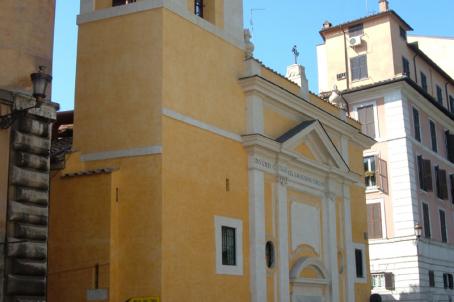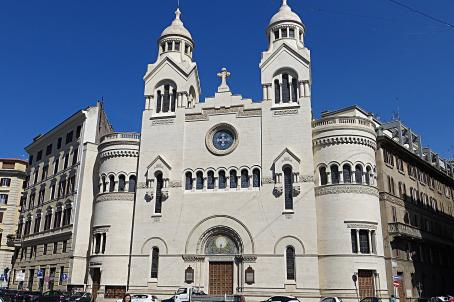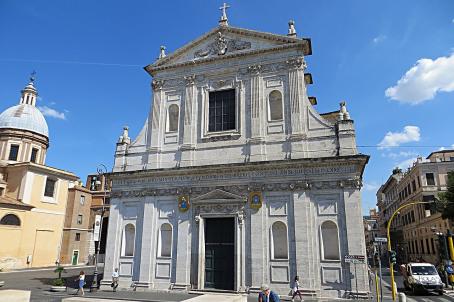Chiesa del Sacro Cuore del Suffragio
The Church of the Sacred Heart of Jesus in Prati was designed by the engineer Giuseppe Gualandi. It is known as the "little Duomo of Milan" for its rich neo-gothic style. It was built between 1894 and 1917 for the Association of the Sacred Heart of the Suffering Souls of Purgatory, founded in 1893 by Jesus Victor Jouët.






